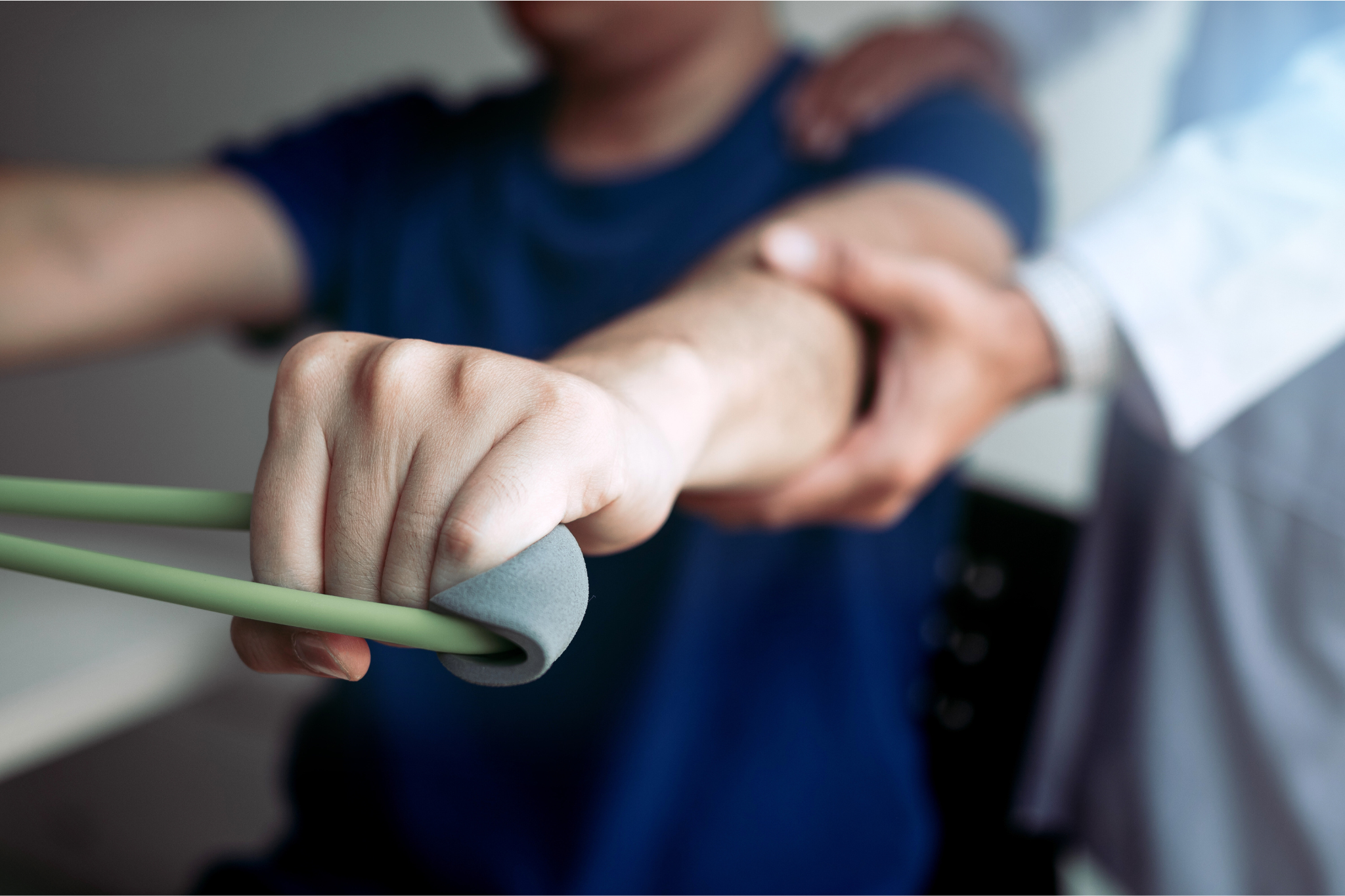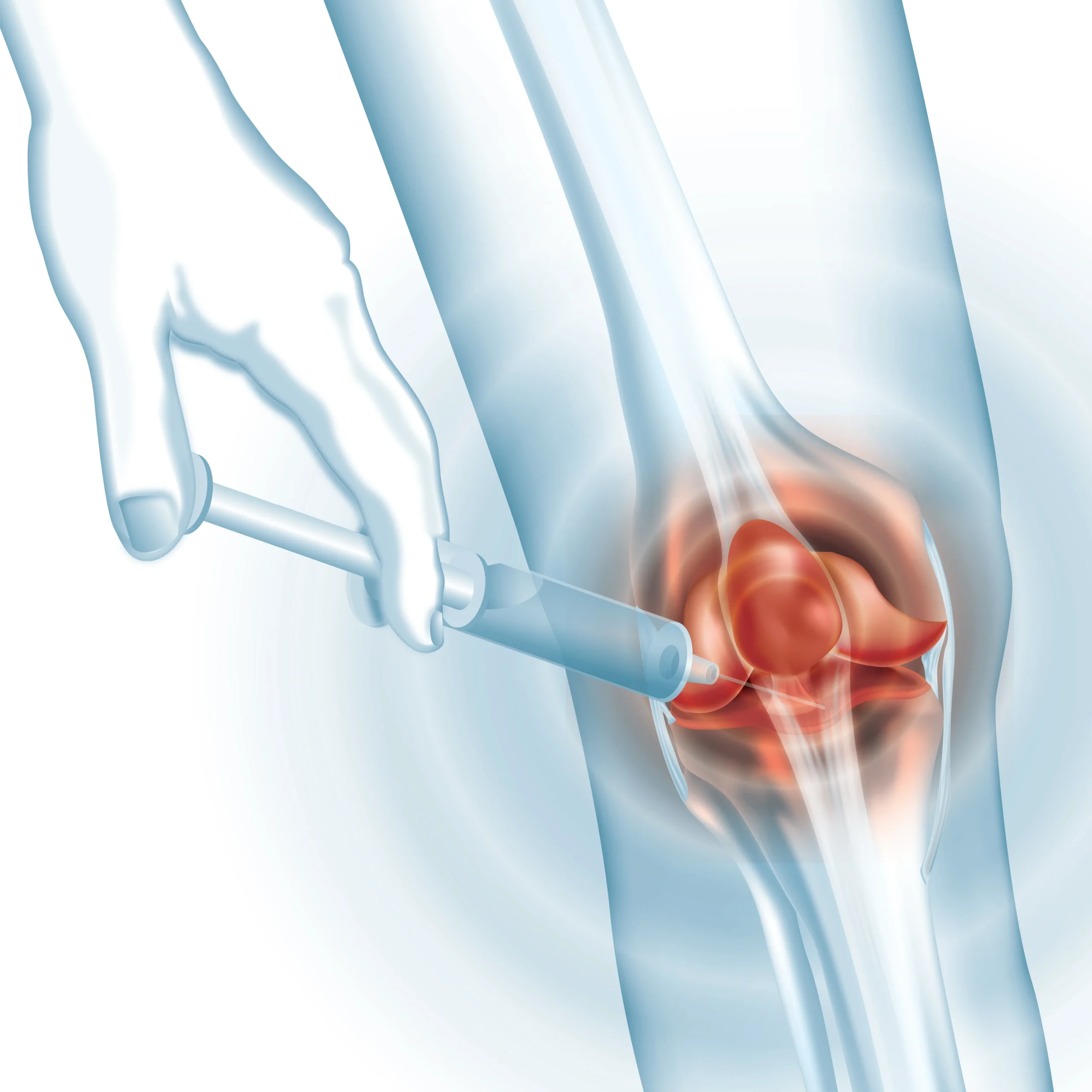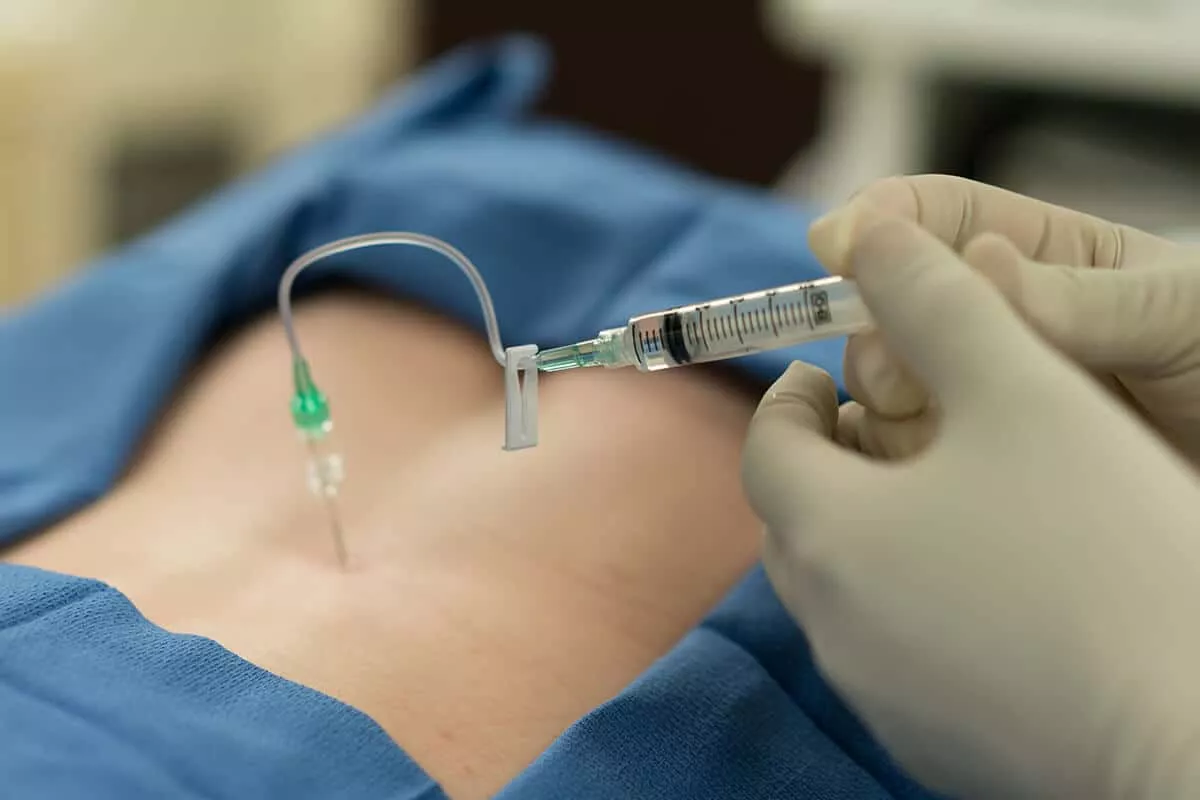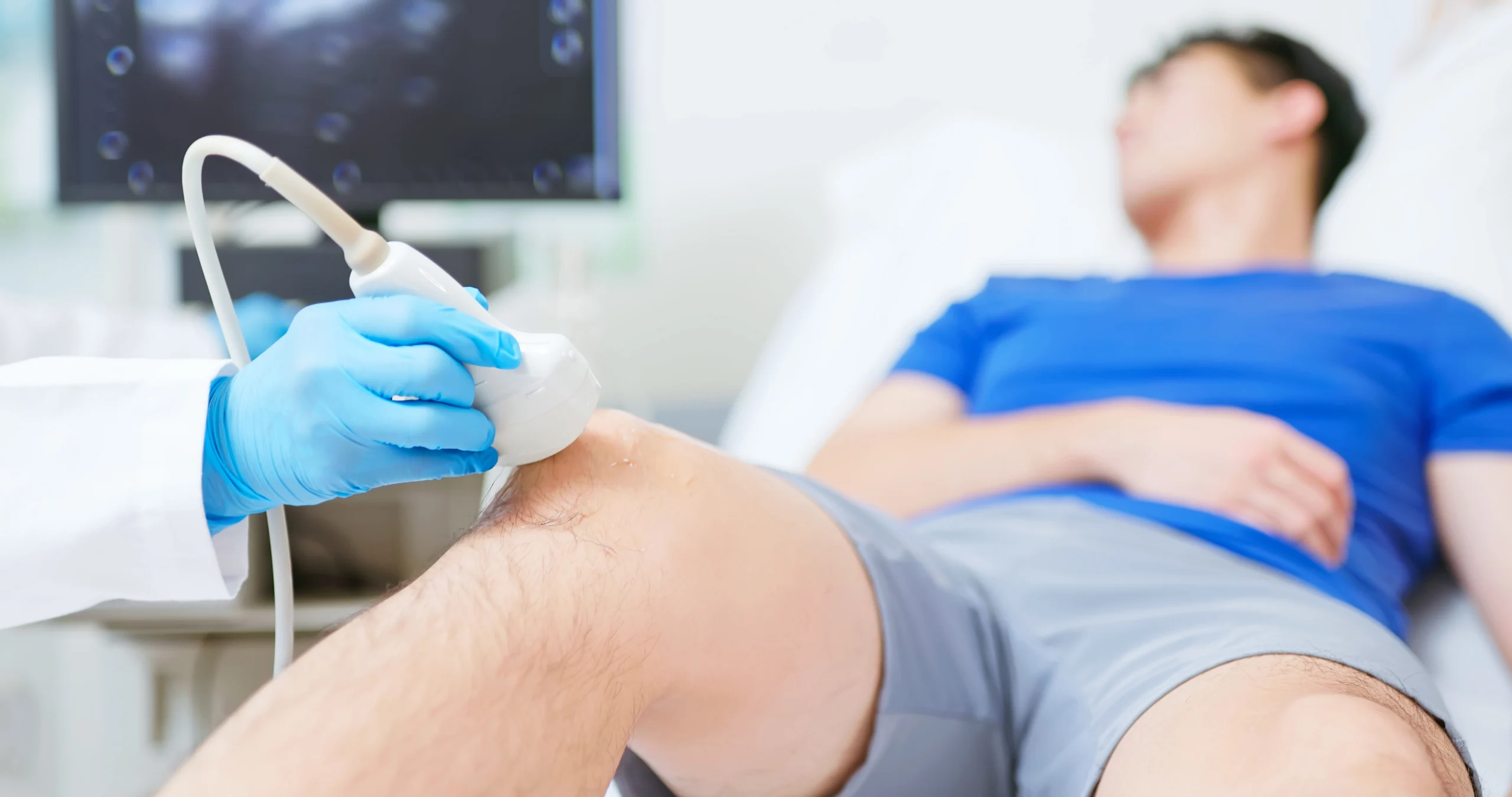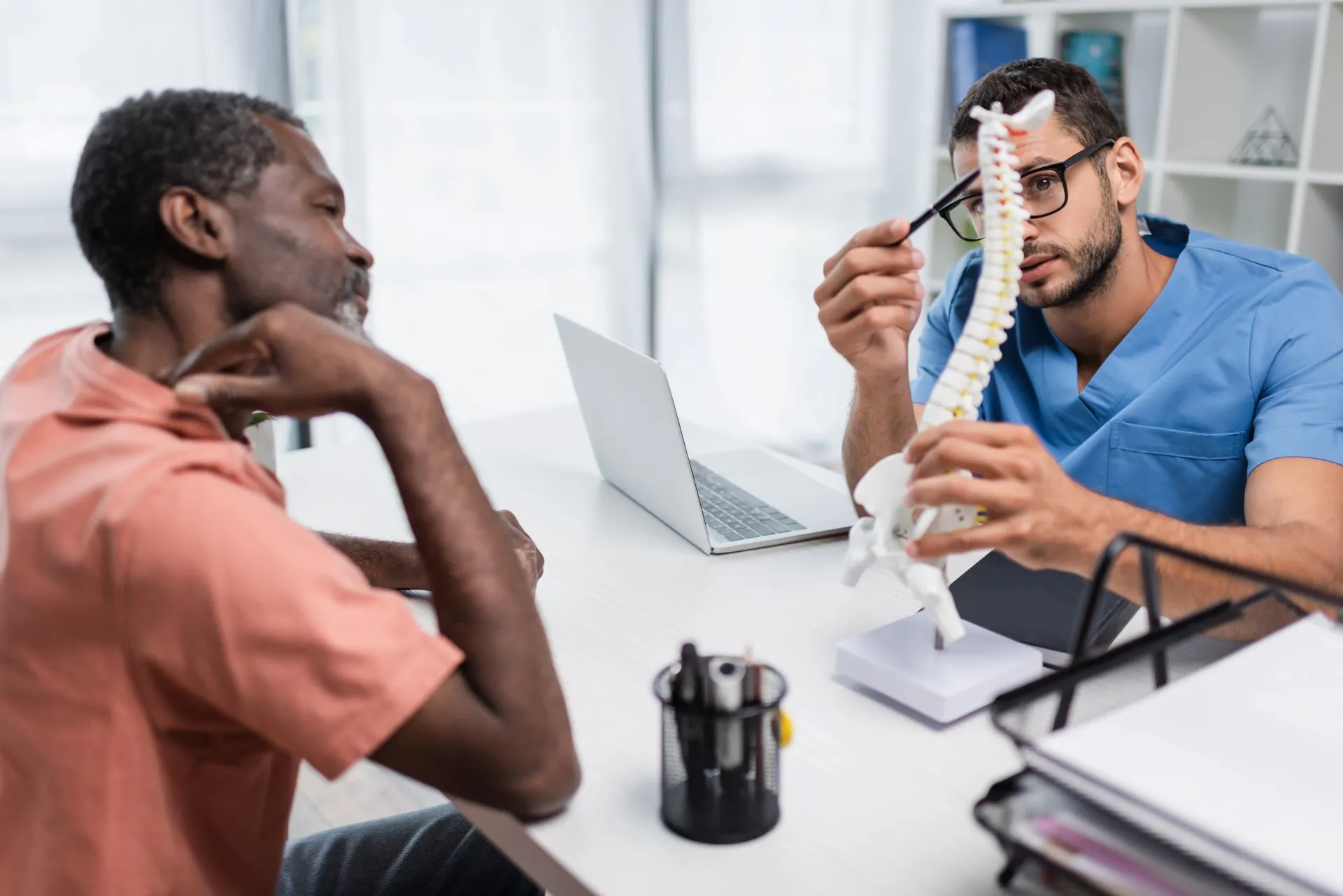Get Help For Neck And Back Pain
Chronic neck and back pain can be incredibly debilitating, impacting your overall quality of life. Fortunately, NextPain Care offers an innovative solution to treat and manage the underlying cause of your pain through different modalities. Our whole-person approach to pain management aims to provide lasting relief, allowing you to live a fuller, more comfortable life.
Schedule Your Consultation!

What we do
Find Relief From Neck And Back Pain
Neck and back pain are common ailments, particularly among adults. Studies indicate that 60 to 80 percent of adults experience back pain, and 20 to 70 percent experience neck pain at some point during their lifetime. These pains can range from mild to severe and often occur simultaneously, significantly affecting one’s quality of life.
Despite the prevalence of these conditions, many individuals struggle to find long-term relief. NextPain Care offers various methods to treat the root cause of your pain rather than just addressing the symptoms temporarily.
-
Continued chronic pain
-
Struggling with basic and daily tasks
-
Enduring sleepless nights due to pain
-
Inability to do physical activities due to pain
-
Reduction in painful symptoms
-
Having improved functionality
-
Improved sleep quality
-
Returning to physical activities
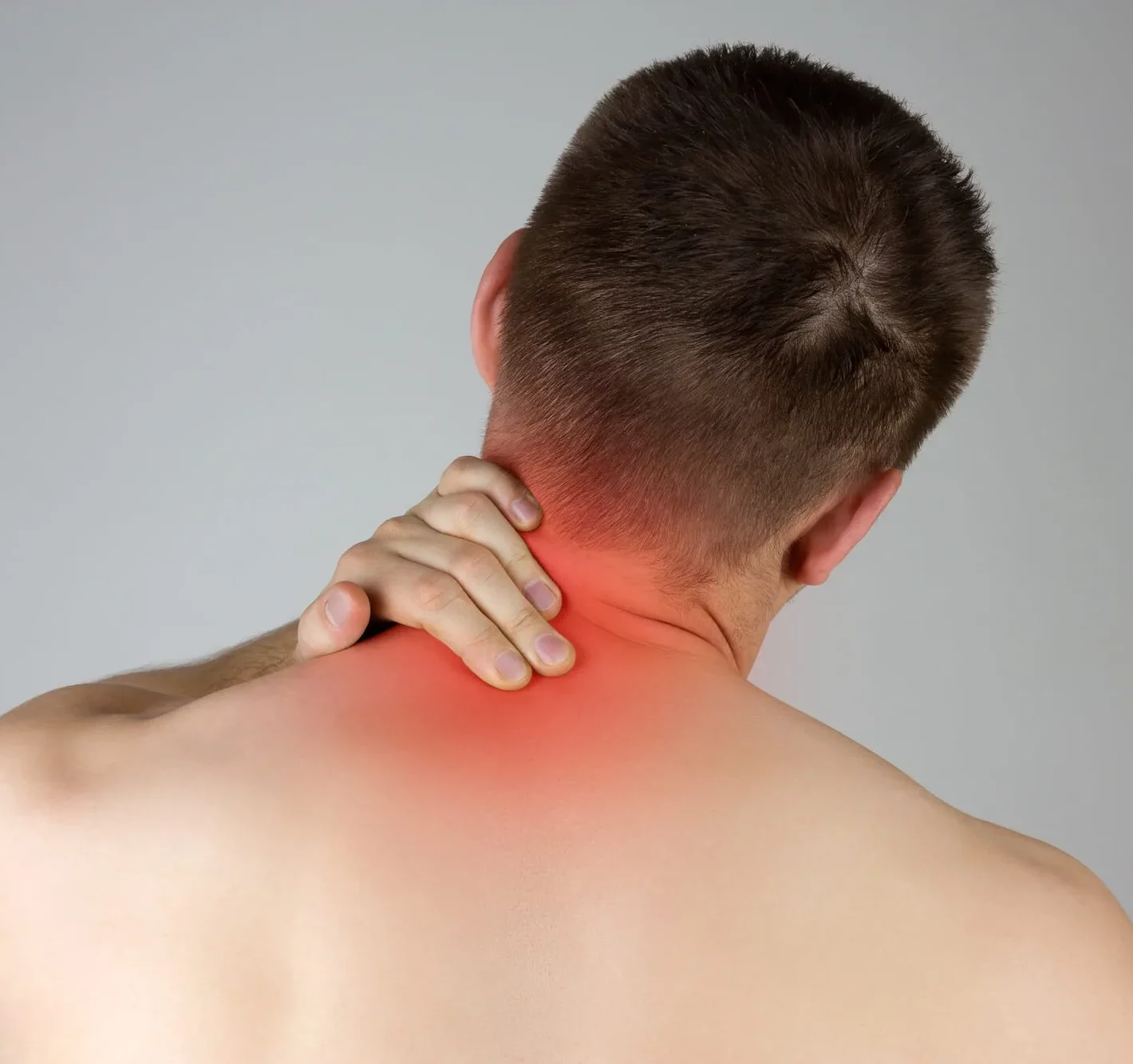
How Can We Help You?
What Causes Neck and Back Pain?
Neck and back pain can result from a variety of issues, ranging from poor posture to medical conditions. Common causes include age-related degeneration such as arthritis or herniated discs, injuries, muscle strain, and nerve damage from accidents or surgeries. Underlying medical conditions like fibromyalgia can also contribute to chronic neck and back pain.
Due to the wide range of potential causes, accurate diagnosis is crucial for effective treatment. Misdiagnosis can lead to ineffective pain management, especially if only the symptoms are treated rather than the underlying cause.
Start Today

